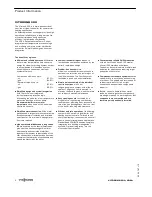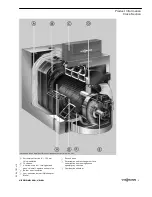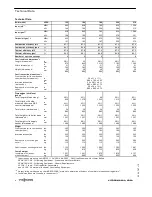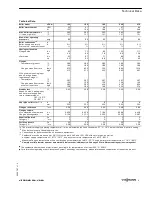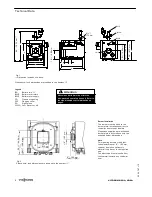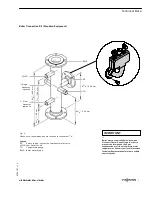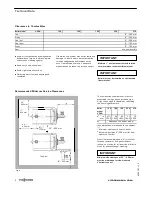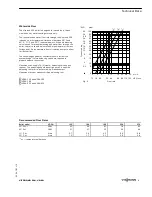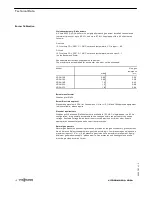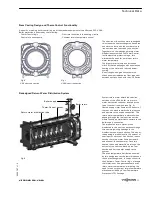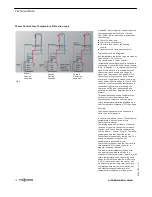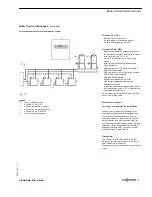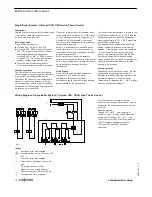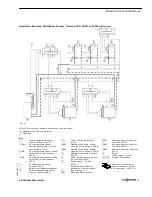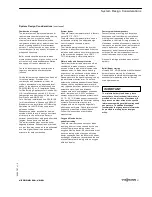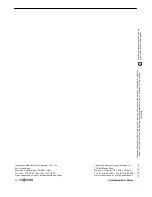
Technical Data
12
VITOROND 200, VD2A
Therm-Control Low-Temperature Protection Logic
Fig. 9
A specific, matching boiler control is part of
the standard equipment of the Vitorond
200, VD2A. Boiler protection is assured by
the following:
H
Therm-Control logic
H
Control of a shunt pump
H
Flow rate reduction in the heating
circuits
H
Constant return temperature control
Therm-Control is an integrated
low-temperature protection logic provided by
the Vitotronic, GC1 control.
The control uses a Therm-Control
temperature sensor specifically positioned in
the casting close to the boiler return (shown
in Fig. 8 on page 11) to capture the thermal
state of the boiler (i.e. the temperature of
the system return mixed with the boiler
water) and react as early as possible. The
Therm-Control Logic shuts off the system
pump (and, if applicable, closes the mixing
valve) and brings the burner to full fire until
the boiler minimum setpoint temperature is
reached during start-up, preventing the
formation of flue gas condensation and
allowing for maximum heat transfer to the
system.
This ensures steady supply temperatures
with only minimal fluctuations, and
eliminates the need for a shunt pump or
return temperature elevation provided by a
Low Temperature Protection (LTP) Package.
Example:
Take a heating system with one heating
circuit and a mixing valve.
In the start-up phase, the set Therm-Control
temperature is not achieved at the
Therm-Control sensor.
The mixing valve downstream of the boiler
receives a signal via the control to reduce
the flow rate and to operate the burner at
full fire (Phase 1 shown in Fig. 9). The boiler
temperature and that captured by the
Therm-Control sensor now rapidly rise. The
mixing valve opens when the set
temperature is exceeded at the
Therm-Control sensor, and the flow rate (in
this example 50 %) inside the boiler is
steadily increased (Phase 2).
The return water temperature rises after
a certain time has elapsed which is a
function of the system water volume. As the
return temperature rises, the mixing valve
opens further until the maximum flow rate
(100%) is achieved. Now the control will
modulate the burner firing rate to achieve
the required setpoint (burner modulation),
and weather-responsive boiler water
temperature modulation will take place.
5
3
5
4
7
8
7
v
1
.2
Phase 1 -
Start-up
condition
Phase 2 -
Start-up
condition
Phase 3 -
Operating
condition
0%
flow
rate
50%
flow
rate
100%
flow
rate


